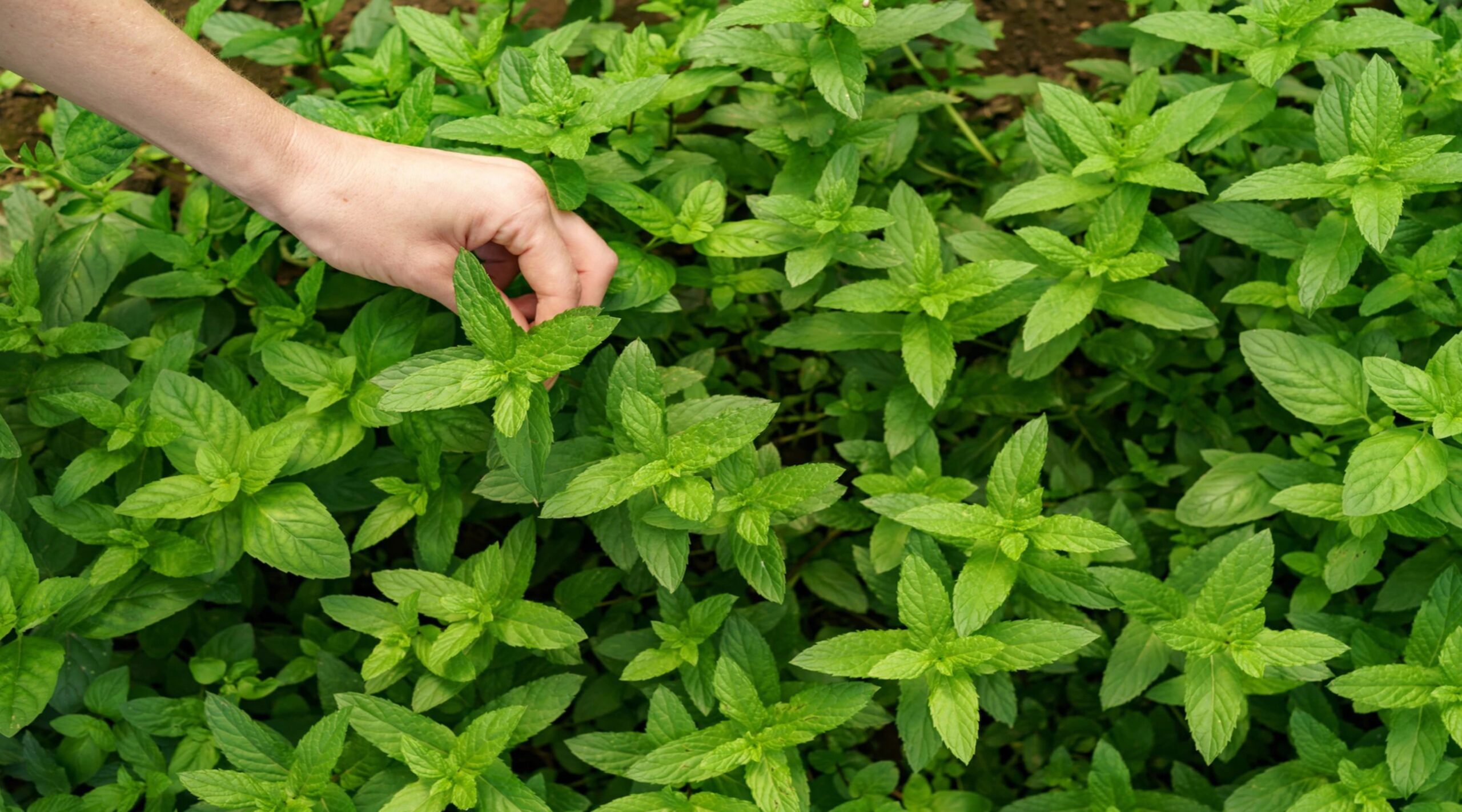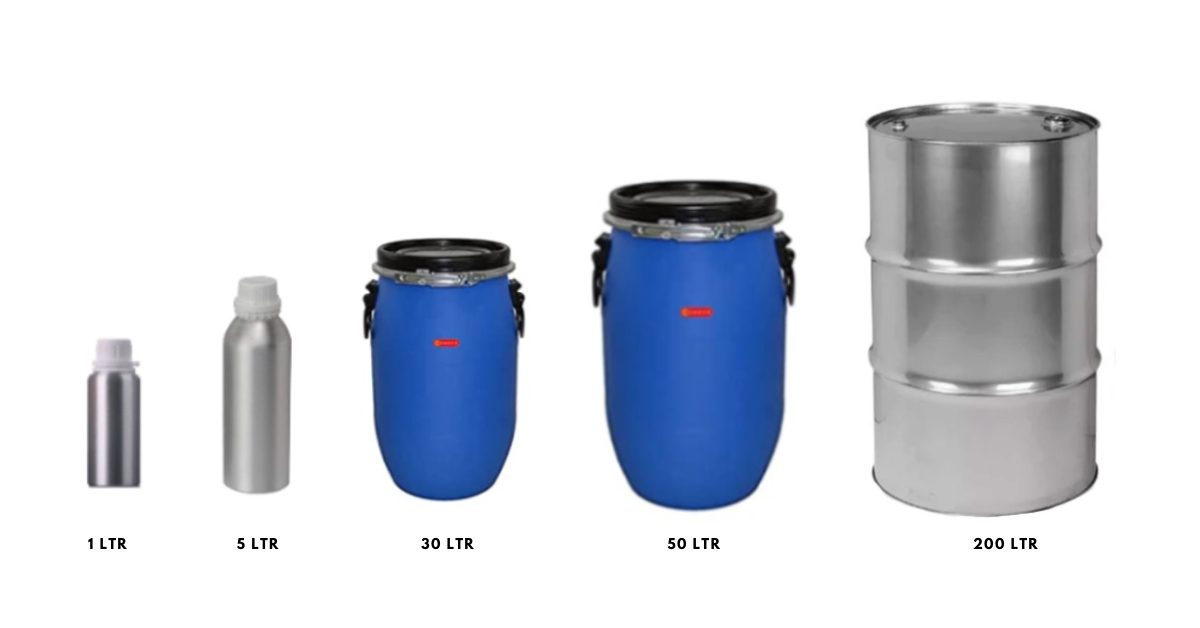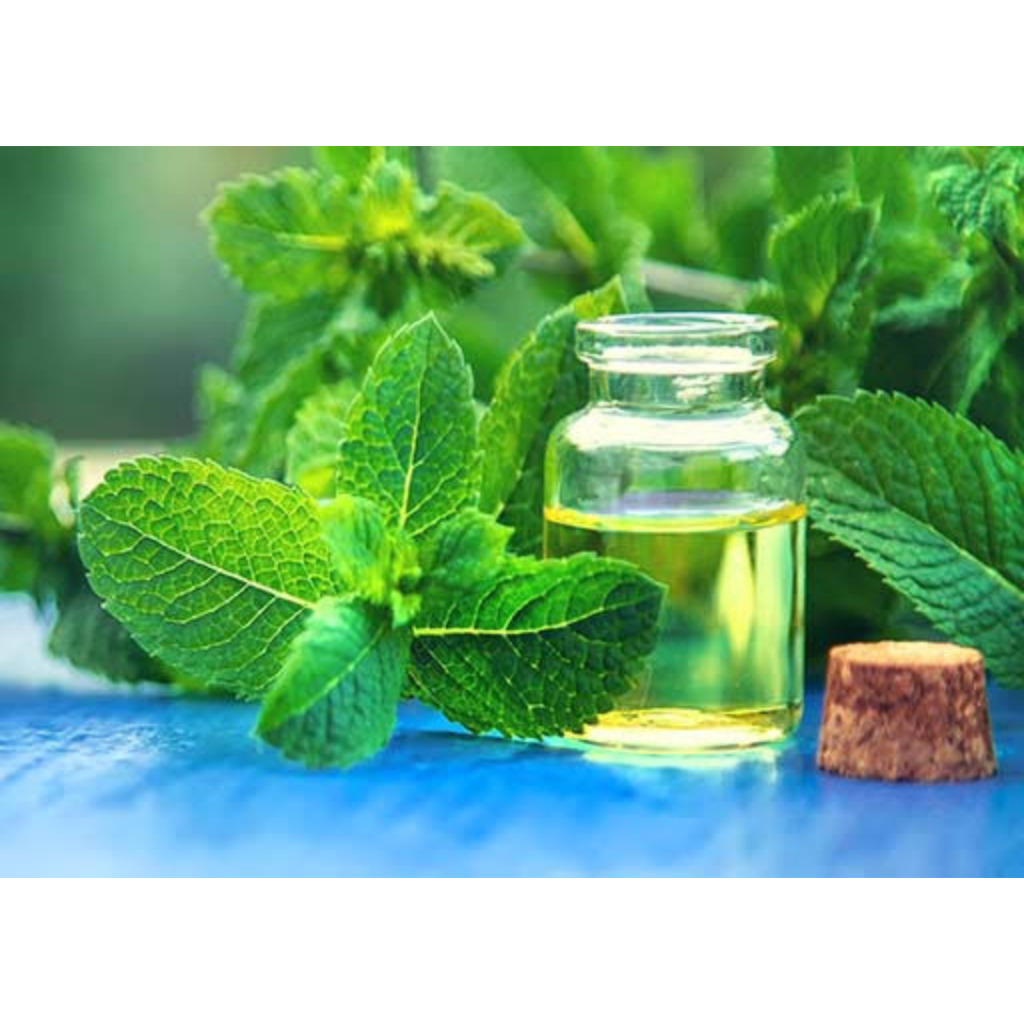
Peppermint is a perennial herb, a hybrid of watermint and spearmint. It has dark green leaves and small, pink or purple flowers and is known for its minty aroma. Peppermint essential oil is extracted from the leaves of the plant through steam distillation
Peppermint (Mentha piperita) is a perennial herb that is native to Europe and Asia. The plant’s minty scent is the result of crossbreeding between watermint and spearmint. The plant typically grows to a height of 2-3 feet and has dark green leaves and small, pink, or purple flowers. The Greek word “menthe,” meaning “mint,” is the origin of the botanical name “Mentha,” while “Piperita” describes the plant’s essential oil as pepper-like.
Peppermint essential oil is extracted from the leaves of the plant through steam distillation. People widely use this versatile oil in aromatherapy, perfumery, and natural medicine. Its strong, refreshing, and invigorating scent makes it a popular choice for relieving headaches, sinus congestion, and nausea. People can inhale it directly, add it to a diffuser, or dilute it with a carrier oil and apply it topically to the skin.
Botanical Name : Mentha piperita
CAS# : 8006-90-4
Origin : Northern Africa or the Mediterranean
Method of Extraction : Steam Distillation
Source : Leaves
Solubility : 1 volume in 5 volumes of 70% ethanol at 20 °C
Color & Odor : Clear to pale yellow color with refreshing, sharp, strongly minty aroma
Constituents : menthol, menthone, (+/-)-menthyl acetate, 1,8-cineole, limonene, beta-pinene and beta-caryophyllene
Specific Gravity : 0.9215
Flash Point : 66.1° C
Optical Rotation : -18.00 to -22.00
Major Constituents : Menthol and Menthone
Peppermint essential oil has a wide range of applications and benefits, some of the most notable include:
It’s important to note that peppermint essential oil should be used in moderation and always be diluted before using it topically, as it can cause skin irritation in some people. Always consult a healthcare professional before using any essential oil.


